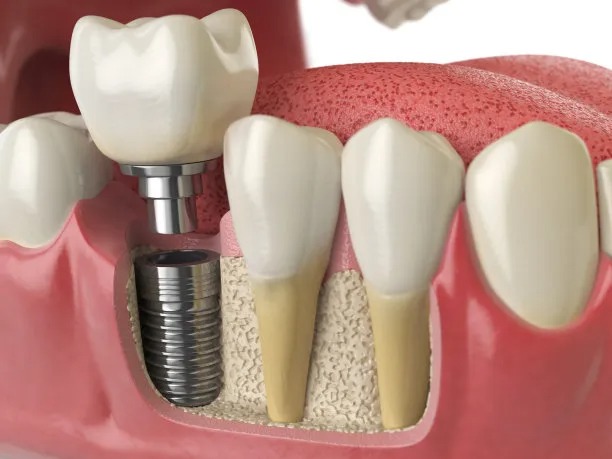Essential Precautions to Ensure Successful Root Canal Treatment for Optimal Dental Health and Patient Wellbeing
Summary: Root canal treatment (RCT) is a crucial dental procedure that not only salvages affected teeth but also enhances overall dental health and patient wellbeing. This article delves into essential precautions for successful RCT, focusing on pre-treatment assessments, choice of anesthetics, meticulous procedural techniques, and post-treatment care. Each of these aspects plays a significant role in ensuring optimal outcomes. By emphasizing these key factors, dentists can improve treatment success rates, minimize complications, and promote patient comfort throughout the process. Ultimately, adhering to these precautions provides peace of mind for patients while facilitating effective dental health management.
1. Importance of Pre-Treatment Assessments

Before commencing a root canal treatment, thorough pre-treatment assessments are paramount. This step involves a complete dental examination and diagnostic imaging to identify the extent of the decay or infection. Radiographs allow the dentist to visualize the root canal system and any surrounding bone pathology, guiding treatment planning.
Additionally, understanding the patients medical history is critical. Patients with certain health conditions, such as heart disease or diabetes, may require special considerations during treatment. By taking a detailed medical and dental history, the dentist can anticipate potential complications and create a tailored treatment strategy that prioritizes safety.
Finally, effective communication with the patient is essential. Educating patients on the procedure, expected outcomes, and potential risks helps alleviate anxiety. Informed patients are likely to cooperate better during treatment and adhere to post-treatment instructions, thus improving overall success.
2. Choosing the Right Anesthetic
The choice of anesthetic can significantly influence the patients comfort during root canal treatment. Local anesthesia is the most common method used, ensuring that the patient remains pain-free throughout the procedure. Proper administration of anesthetics, including the dose and technique, contributes to successful pain management.
Moreover, understanding the patients anxiety levels is vital when selecting an anesthetic. Some patients may benefit from sedation dentistry options, such as nitrous oxide or oral sedatives, to help them relax during the procedure. Tailoring the anesthetic approach to individual needs enhances the patients experience and can lead to better treatment outcomes.
Post-treatment pain management also falls into this category. Dentists should provide clear guidance on pain relief options for after the procedure. Prescribing appropriate medication and advising on over-the-counter options ensures that patients remain comfortable during their recovery period.
3. Employing Meticulous Procedural Techniques
The actual root canal procedure necessitates meticulous techniques to ensure success. Dentists must use the right instruments and maintain strict aseptic conditions to prevent infections. Employing magnification tools, such as loupes or microscopes, allows for greater precision in locating canals and cleaning them effectively.
Moreover, irrigation solutions play a vital role in disinfection during the procedure. Proper use of these solutions can help remove debris and bacteria from the canal space, ultimately reducing the risk of treatment failure. Consistently following established protocols ensures that every step is performed with the utmost care and diligence.
Lastly, accurate filling of the canals with biocompatible materials is essential for long-term success. Considerations of appropriate sealing techniques can prevent reinfection and promote healing. Dentists need to stay updated on the latest advancements in endodontics to implement best practices during root canal treatment.
4. Emphasizing Post-Treatment Care
Post-treatment care is crucial for the success of root canal treatment. Dentists should emphasize the importance of attending follow-up appointments to monitor healing and address any complications promptly. These visits allow for timely adjustments to the treatment plan if necessary, thereby enhancing patient outcomes.
Patients should also receive thorough instructions on self-care after the procedure. This includes pain management strategies, dietary recommendations, and signs of possible complications to watch out for. Educated patients are more likely to adhere to post-treatment guidelines, which can significantly impact recovery and overall satisfaction.
Furthermore, regular checkups and good oral hygiene practices play a critical role in long-term success. Encouraging patients to maintain their dental health through routine cleanings and examinations can lead to early detection of any issues, ensuring lasting results from their root canal treatment.
Summary:
In conclusion, ensuring successful root canal treatment is a multifaceted process that requires careful consideration of various factors. From pre-treatment assessments to post-treatment care, each step plays a vital role in achieving optimal dental health and patient wellbeing. By adhering to essential precautions, dental professionals can enhance treatment success rates and improve patient experiences.
This article is compiled by Vickong Dental and the content is for reference only.



